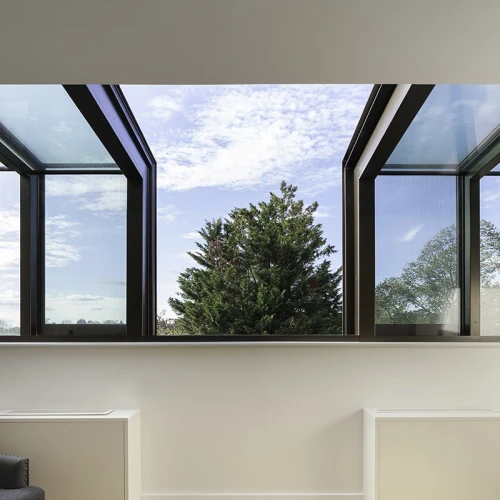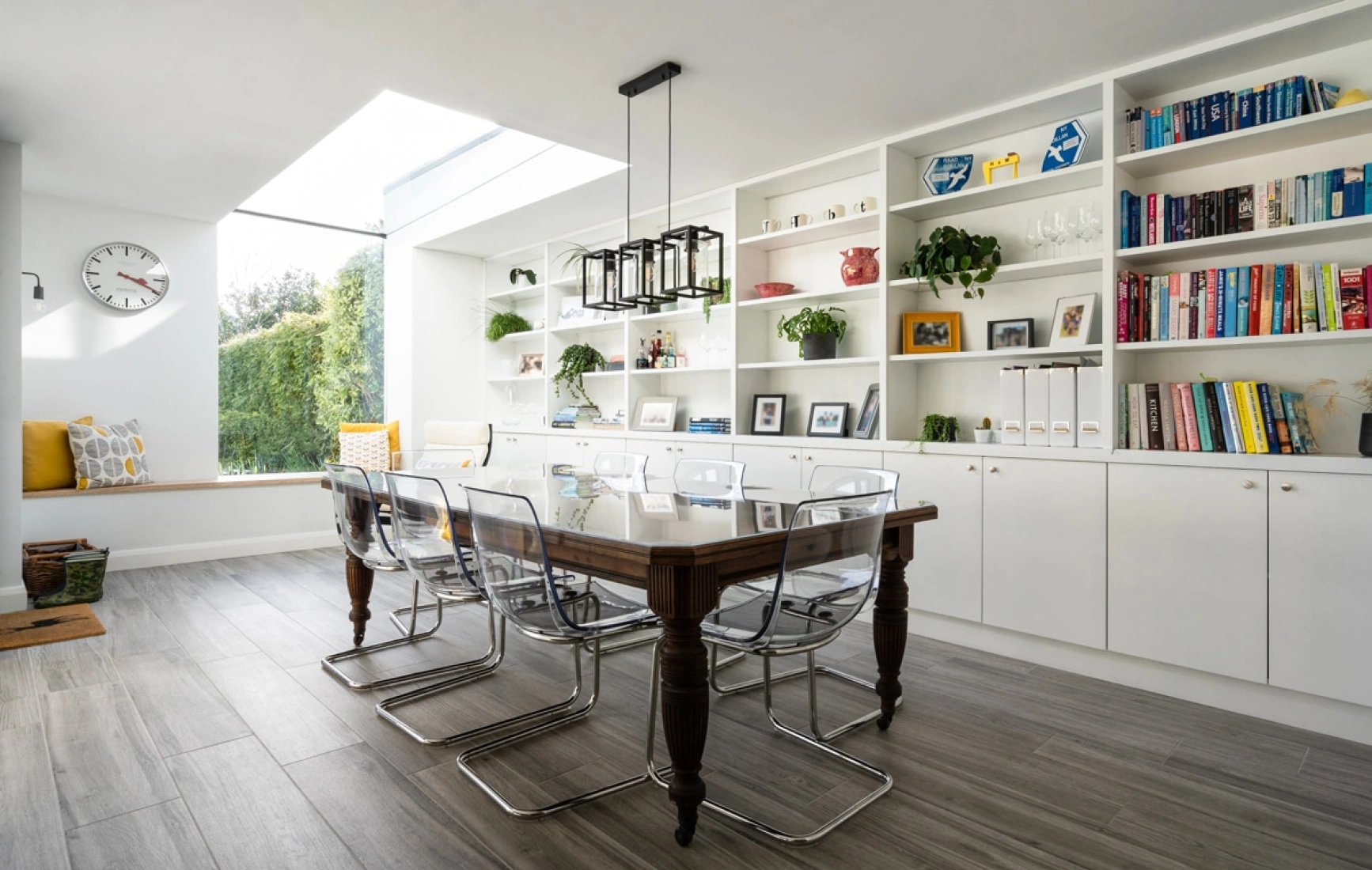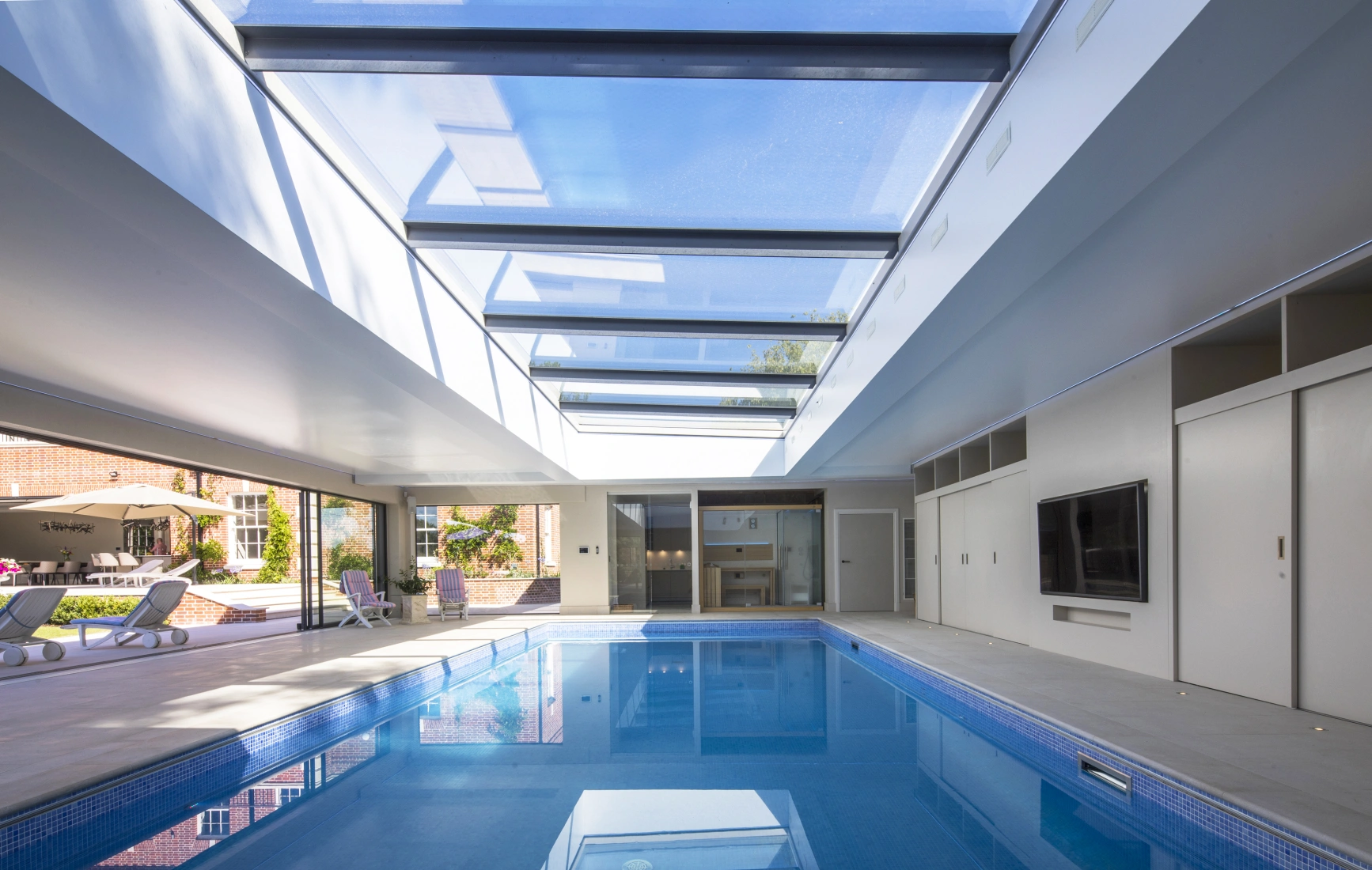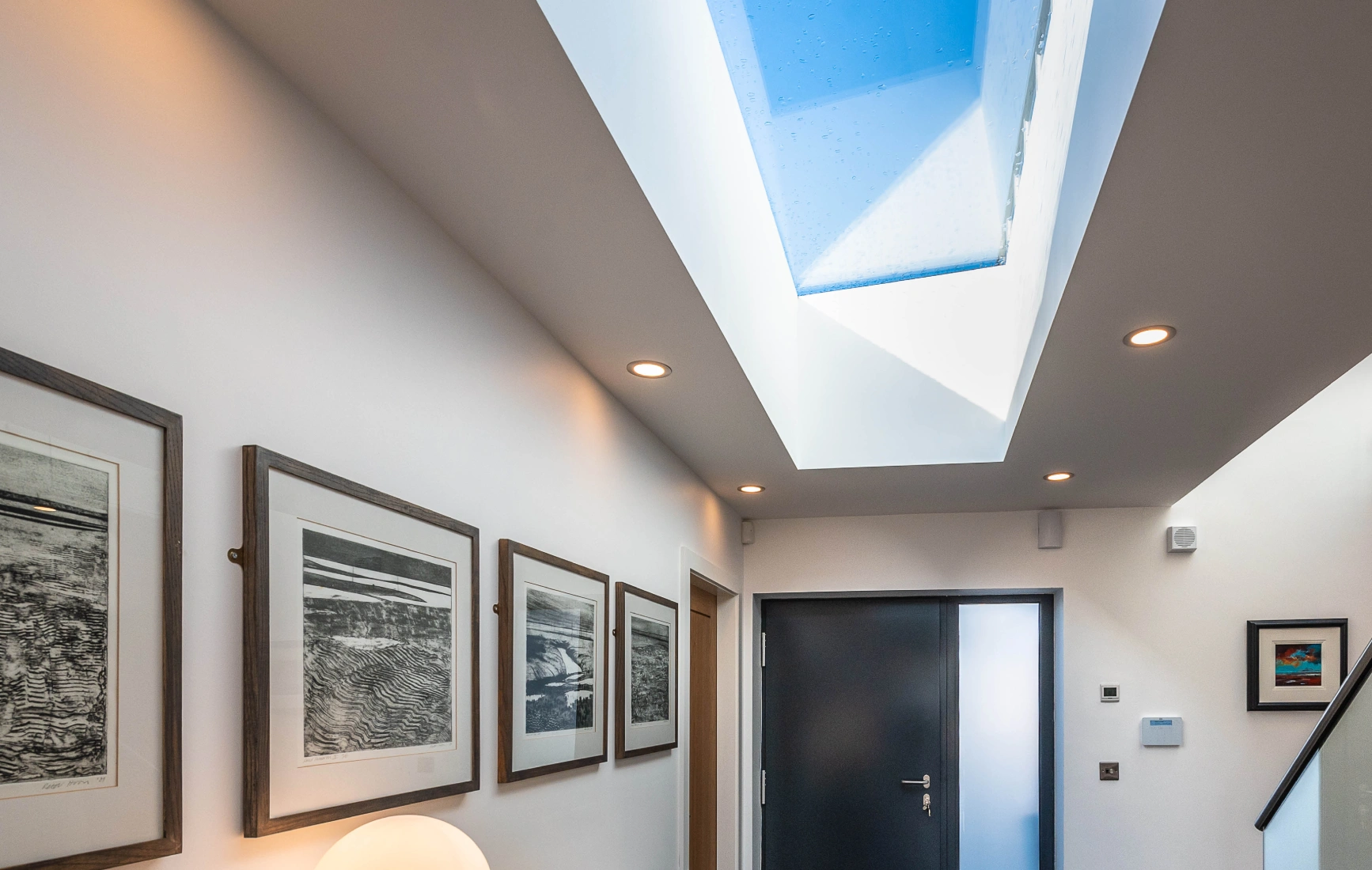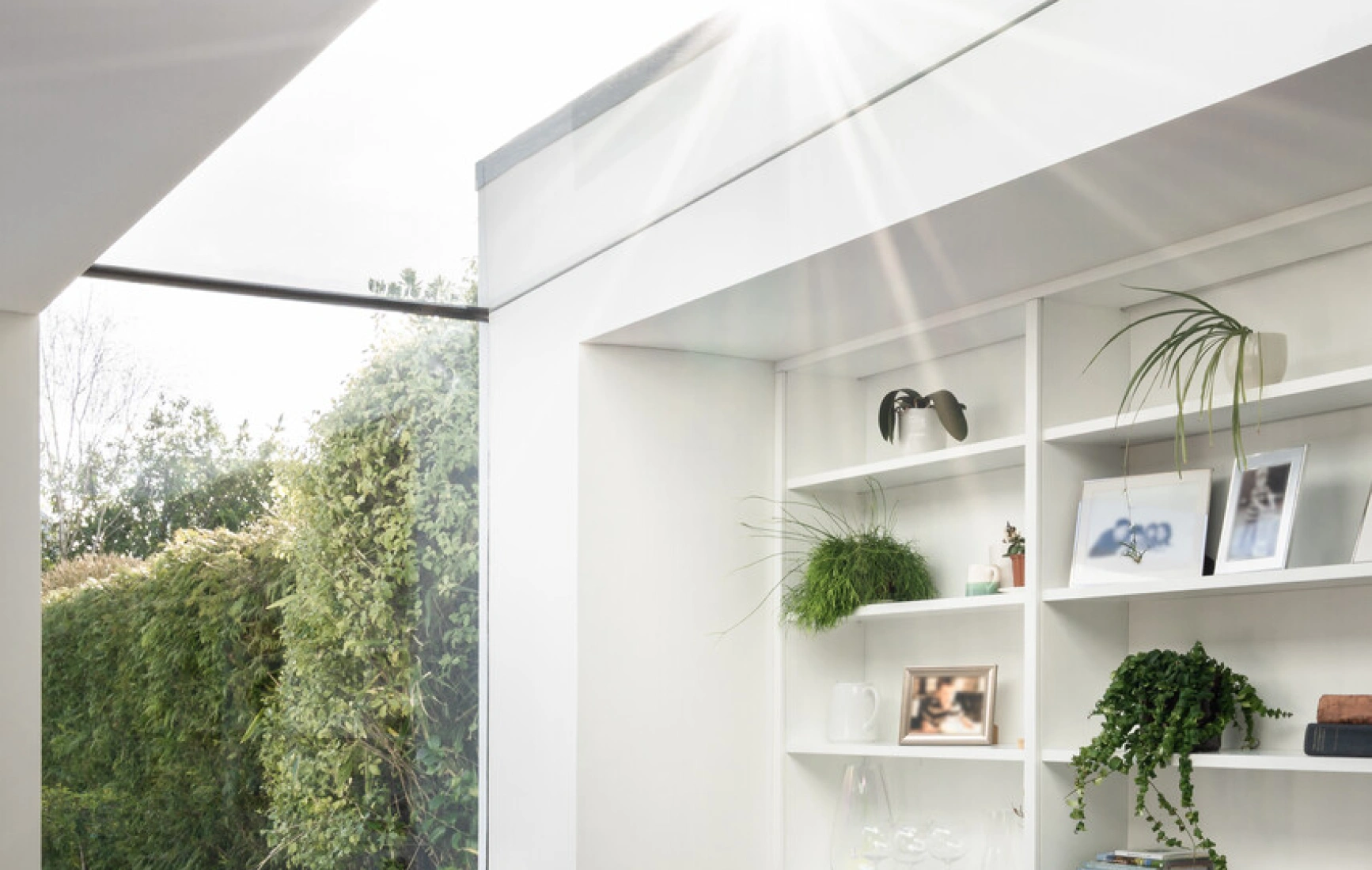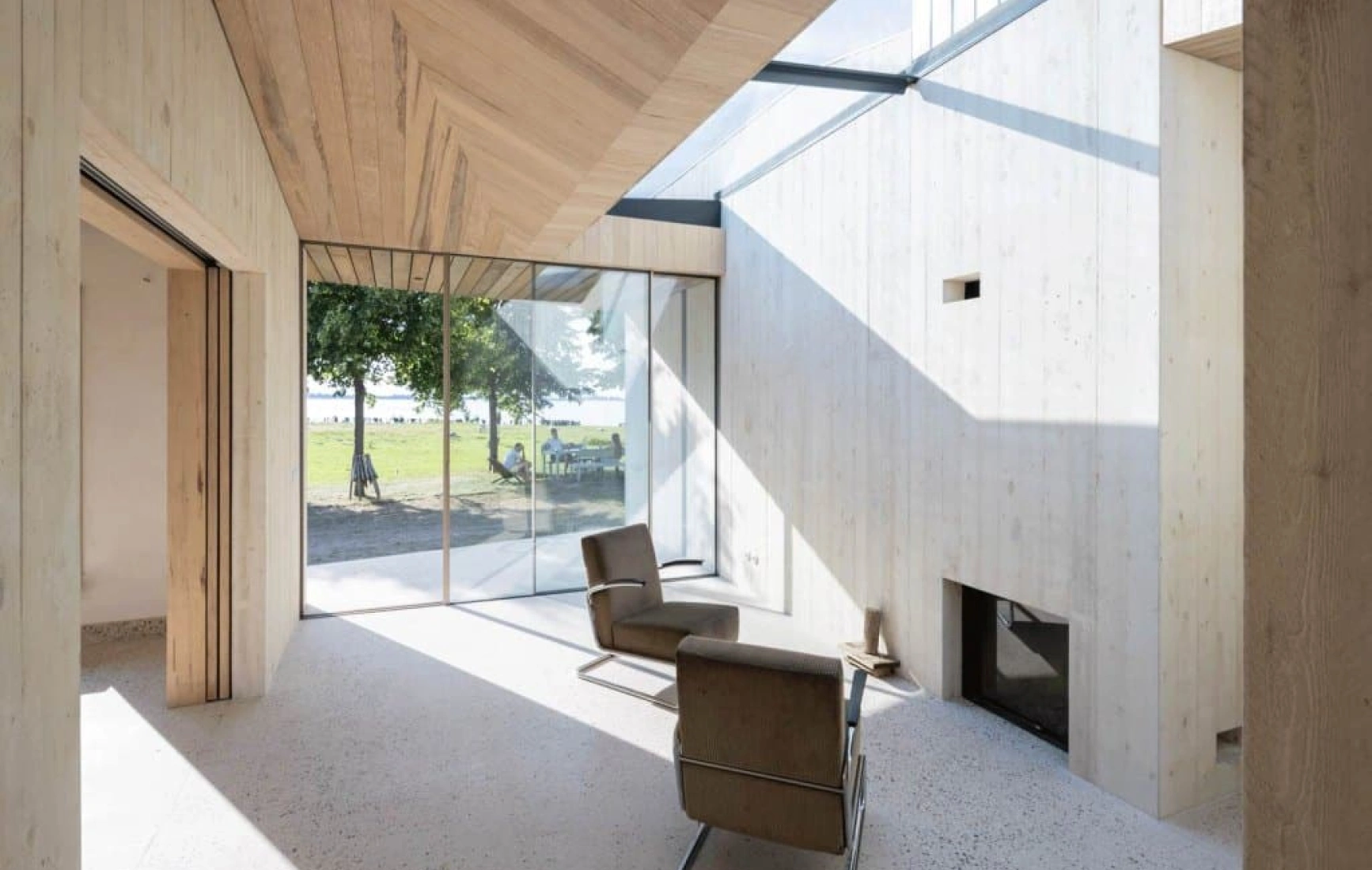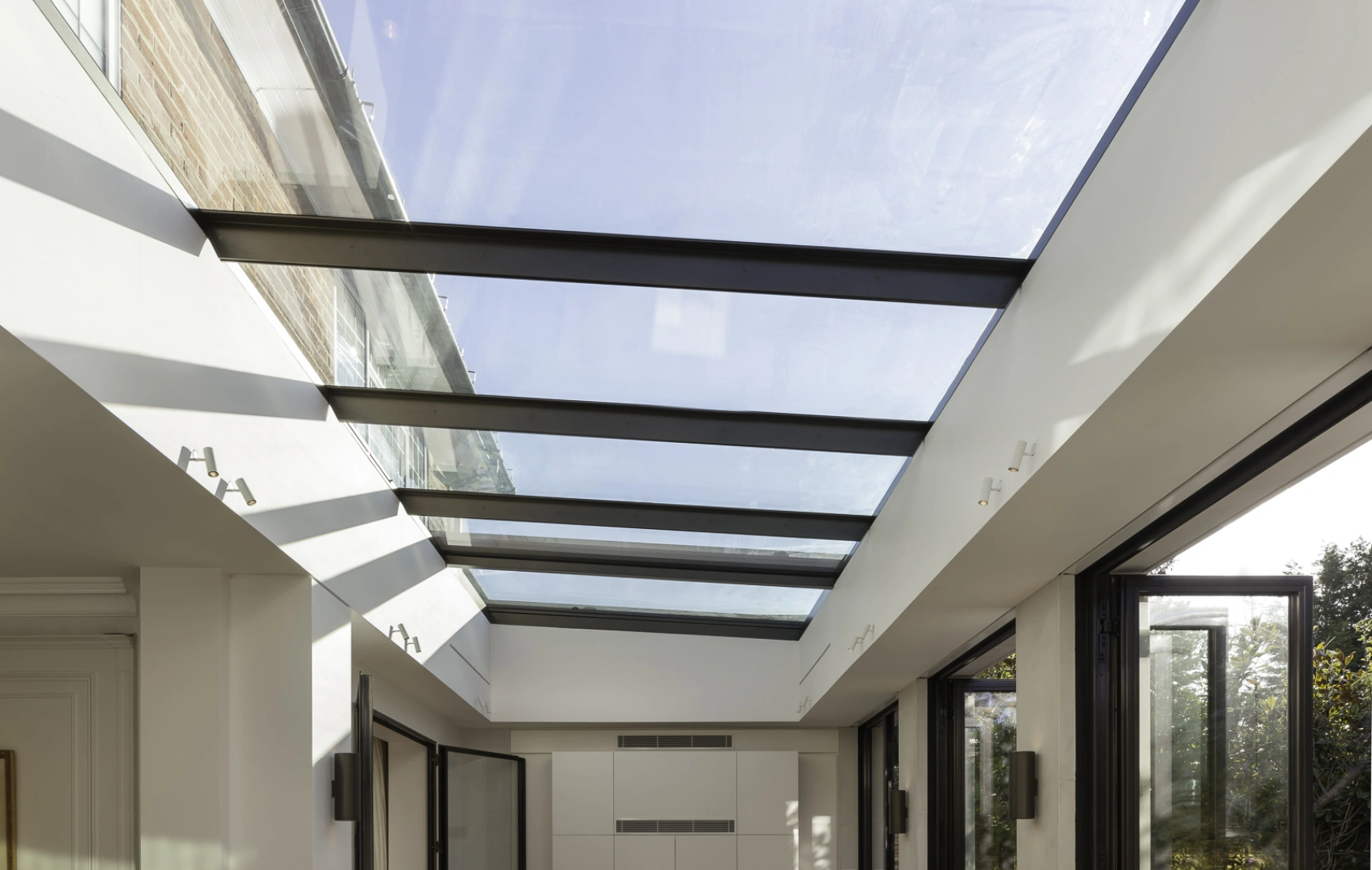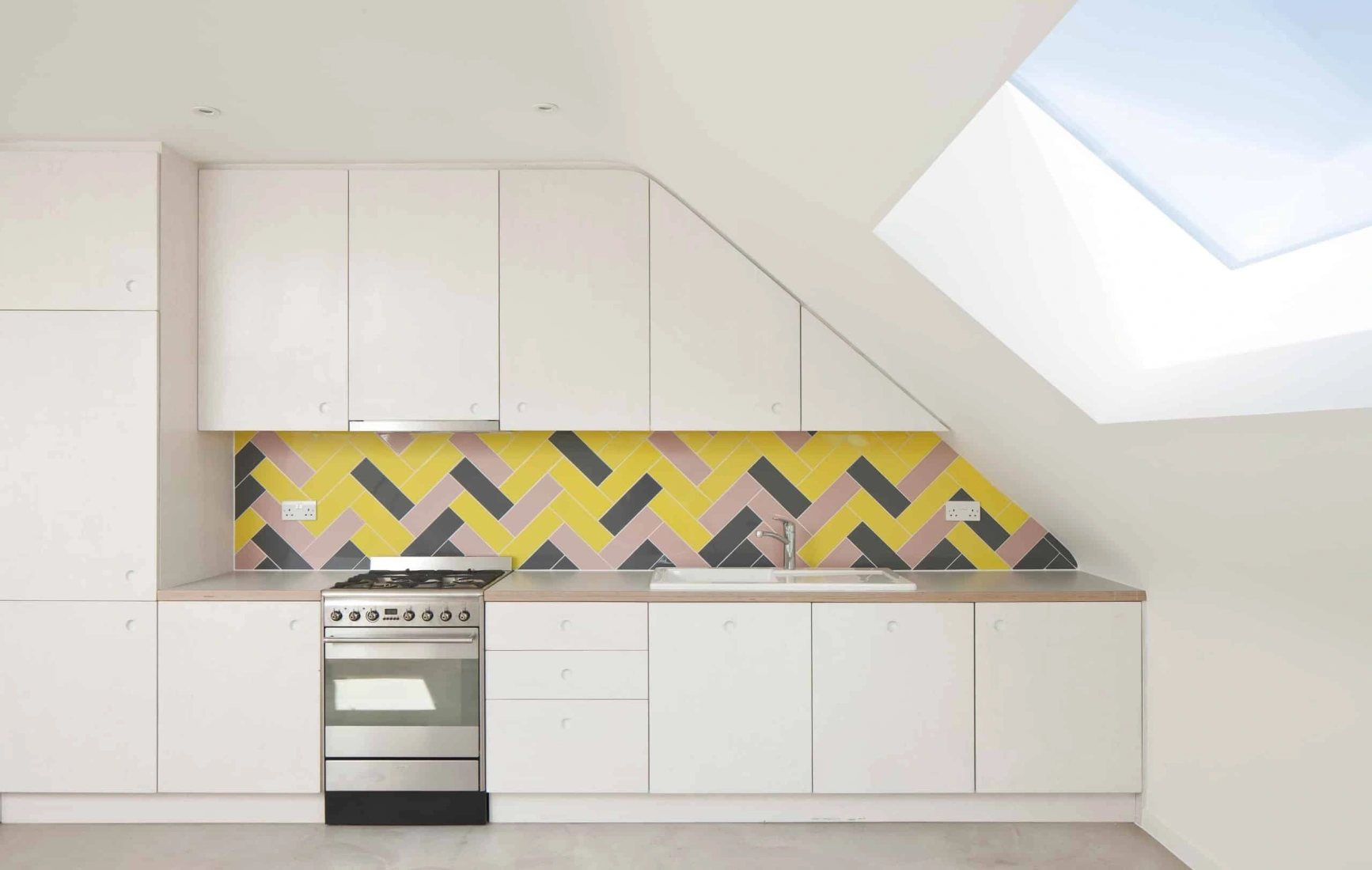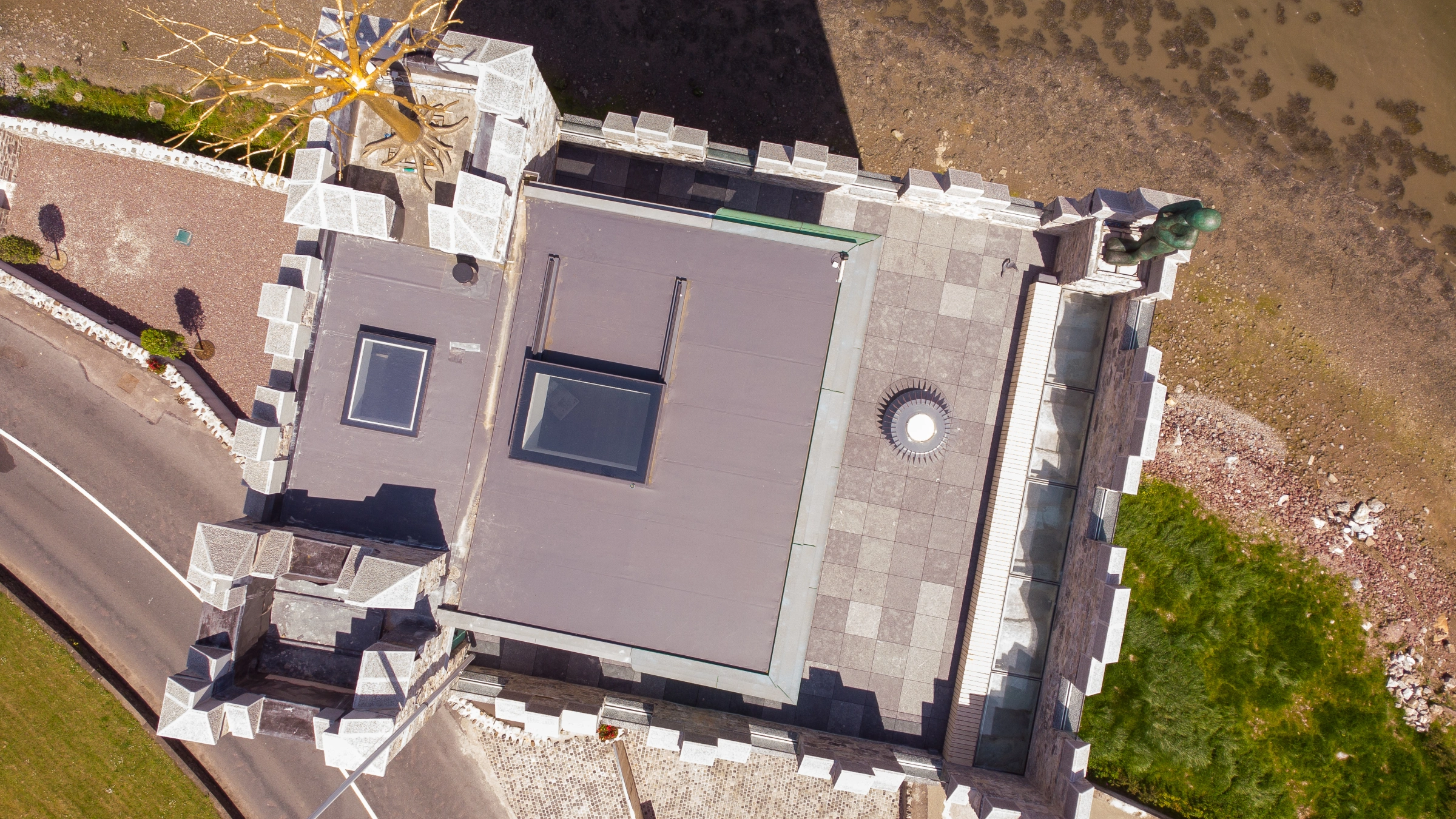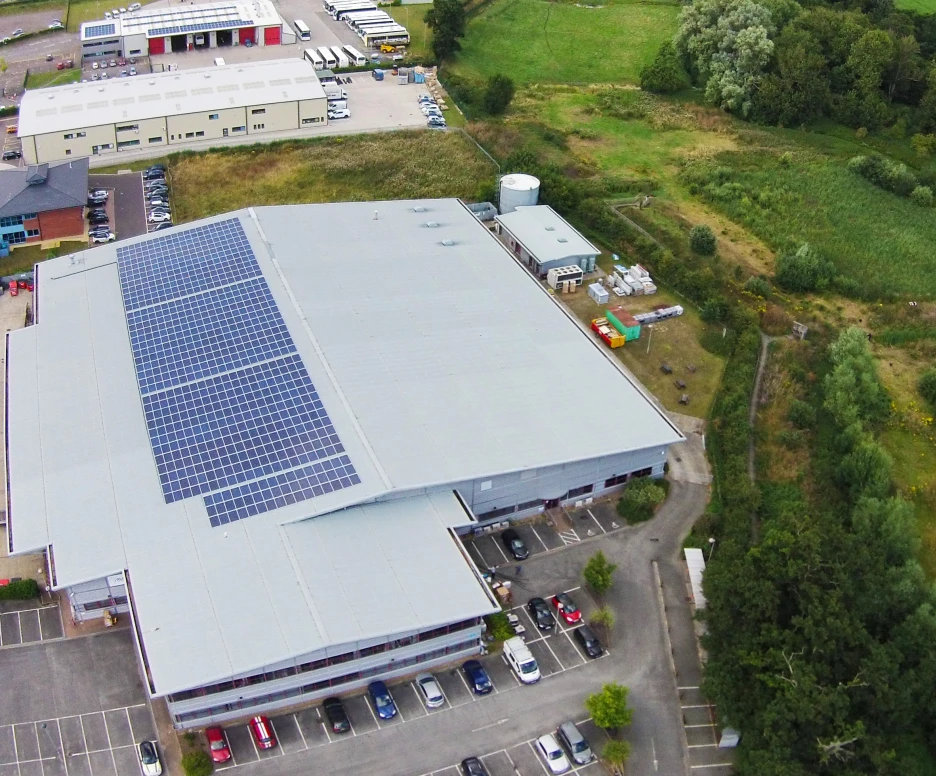
Environmental & Financial Impact
According to The Carbon Trust, artificial lighting uses some 20% of all the electricity generated in the UK; and over 75% of lighting installations are thought to be out of date and unable to meet current design standards. Reducing the need for artificial light can have obvious positive benefits both in terms of electricity costs and the reduction in carbon emissions.
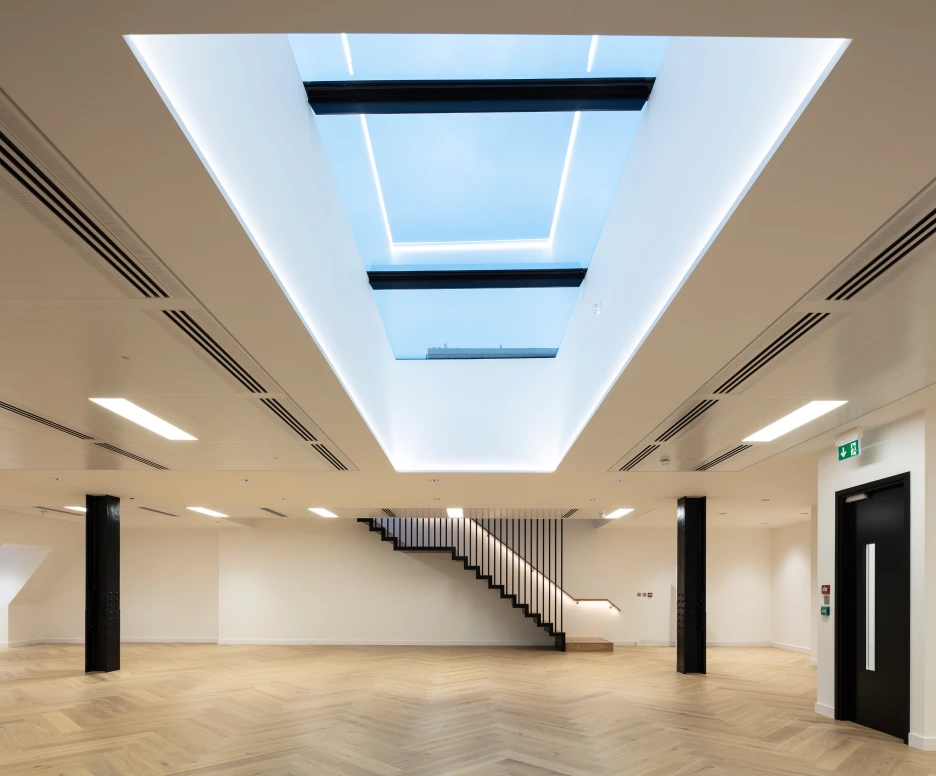
Benefits of Rooflights
By design rooflights are most often pointed directly at the light source with little diffused or reflected light from ground cover or other buildings meaning that they can let in up to twice the amount of daylight compared to vertical windows and up to three times compared to traditional dormas.
This is particularly evident in deep buildings where façade windows will only ever have limited reach within the interior. It is very common to find that the most central rooms of a house can appear the darkest, especially with the increase in clients adding side extensions to their properties, what they gain in space they can sometimes lose in usable space because the original room is simply too dark and uncomfortable. Rooflights can be used in your design to effectively combat this.
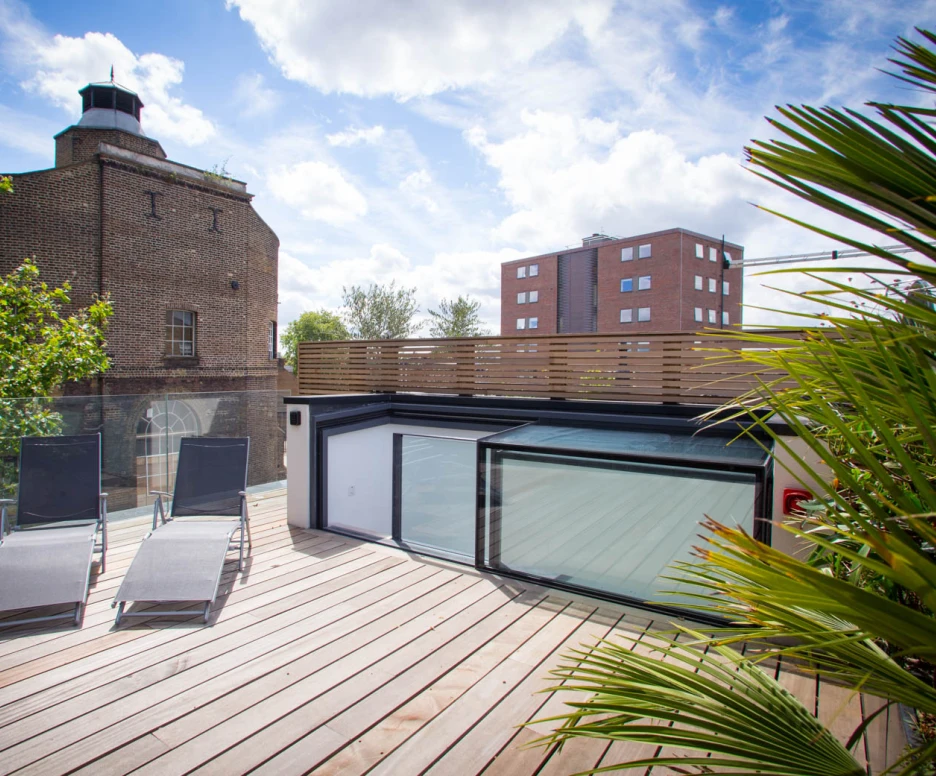
Create Extra Space
Making the most of useable space in your building can yield big rewards, in London the presence of a roof terrace or balcony typically adds 12% to the value of a property, rising to as much as 25% in coveted Chelsea.
Roof terraces and gardens are often more private and less likely to be overlooked – they can offer outstanding views of the city where space is at a premium.
There are several options which will allow access to the roof from simple maintenance hatches such as the Skyhatch, larger hinged access units or sliding glass box rooflights such as the box rooflight featured on this residential property.

